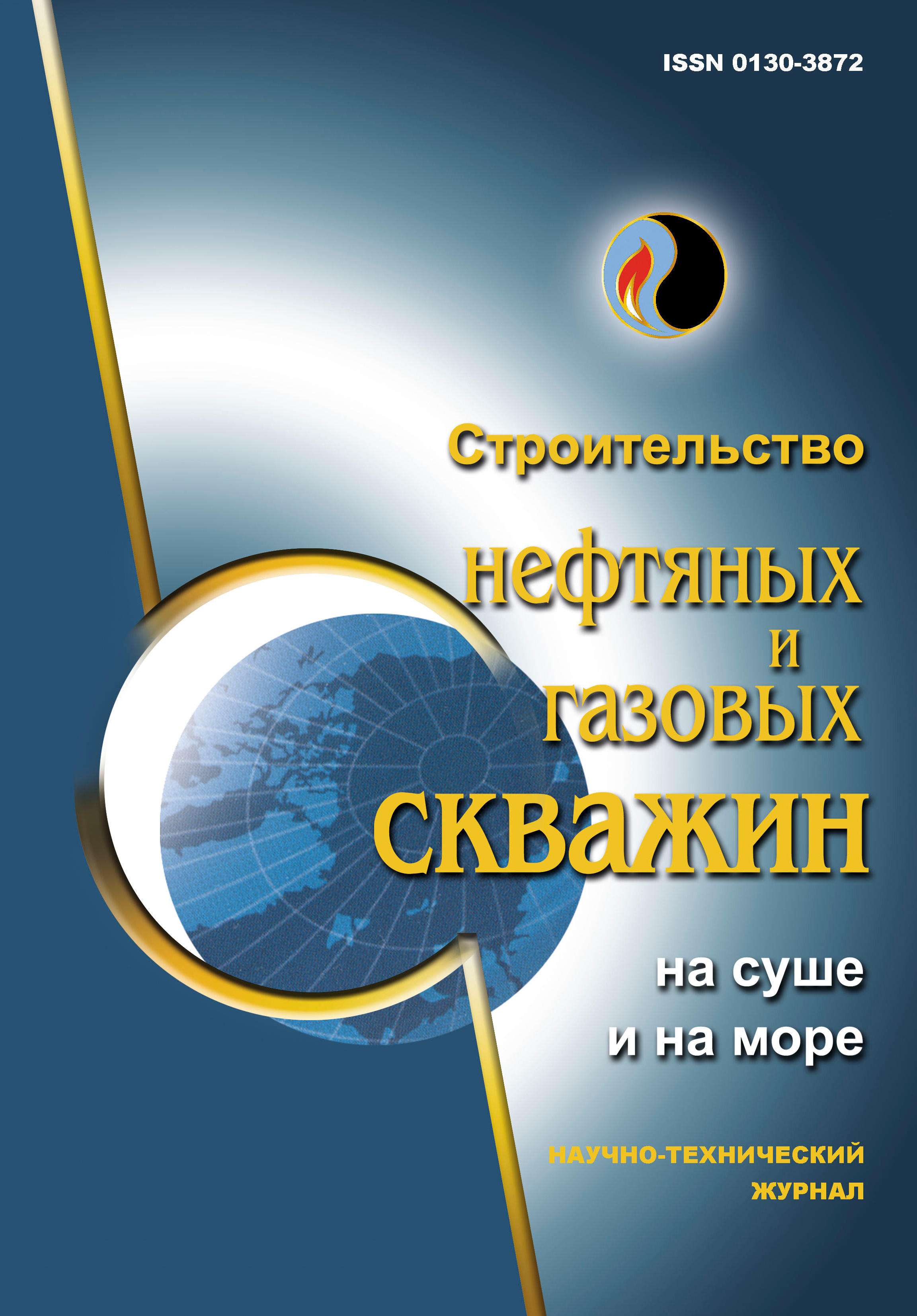Rationale for the selection of promising hydrocarbon solvents for simultaneous injection with steam in small thickness areas of the Yaregsky field and determination of the optimum mode of their injection
UDC: 622.276.652
DOI: -
Authors:
SAVELYEV DMITRY YU. 1
1,
DEMCHENKO NATALYA P. 1
1,
PETUKHOV ALEXANDER V. 1
1
1 Ukhta State Technical University, Ukhta, Russia
Keywords: combined exposure to steam and hydrocarbon solvents, thermo-gravitational drainage of the formation, thin formation, Yaregskoye field
Annotation:
The magnitude of a formation oil-saturated thickness and the uniformity of its geological and physical properties are the key factors influencing the effectiveness of the existing steam-thermal methods for extracting super-viscous oil, in particular, thermo-gravitational drainage of the formation (TGDP or SAGD). In the areas with low reservoir thickness and strong heterogeneity, heat losses into the roof and bottom of the formation increase significantly, as a result of which the energy efficiency of steam injection decreases. In addition, the process of drilling two parallel horizontal wells in such conditions becomes a non-trivial task. Typically, the distance between a pair of wells in SAGD technology is 5–10 m, however, in a thin formation they will be located closer, which increases the risk of steam breakthrough into the lower well and damage to production equipment. In the current economic conditions, subsoil users leave thin areas untouched, since existing steam-thermal oil recovery technologies do not allow achieving an acceptable oil recovery factor, and their development is considered unprofitable. However, sections of the formation with a thickness of 10 m or less, despite their size, contain millions of tons of valuable hydrocarbon raw materials. There is a necessity of solving the problem of effective development of super-viscous oil reserves from a heterogeneous thin reservoir. One of the ways to increase oil recovery is to use a combined method that combines the advantages of several technologies, for example thermal (steam injection) and chemical (hydrocarbon solvent injection). The object of the study is the thin sections of the Lyayelskaya area of the Yaregskoye oil field. The authors of the article discuss the experience of the combined effects of steam and solvents in thin areas of analogue deposits. The prospects for implementing the proposed method at the object under consideration are outlined, a list of promising hydrocarbon solvents for joint injection with steam has been compiled based on the selection criteria, and the amount of injected solvent has been calculated using an improved method.
Bibliography:
1. Pat. 2688713 Ros. Federatsiya, MPK E21B 43/24, E21B 43/22, C09K 8/592. Sposob razrabotki mestorozhdeniya sverkhvyazkoy nefti metodom parogravitatsionnogo drenirovaniya sovmestno s rastvoritelem / A.T. Zaripov, A.N. Beregovoy, Sh.G. Rakhimova [i dr.]; patentoobladatel' PAO "Tatneft'" im. V.D. Shashina. – № 2018127475; zayavl. 25.07.2018; opubl. 22.05.2019, Byul. № 15.
2. Savrey D.Yu., Chuprov I.F. Otsenka debita naklonnykh skvazhin pri progreve neftyanogo plasta ot krovli k podoshve // Stroitel'stvo neftyanykh i gazovykh skvazhin na sushe i na more. – 2022. – № 9(357). – S. 51–55. – DOI: 10.33285/0130-3872-2022-9(357)-51-55
3. Etapy osvoeniya zalezhey bituma v Respublike Tatarstan / R.S. Khisamov, R.G. Abdulmazitov, A.T. Zaripov, S.I. Ibatullina // Neft. khoz-vo. – 2007. – № 7. – S. 43–46.
4. Gates I.D. Solvent-aided Steam-Assisted Gravity Drainage in Thin Oil Sand Reservoirs // J. of Petroleum Science and Engineering. – 2010. – Vol. 74, Issue 3-4. – P. 138–146. – DOI: 10.1016/j.petrol.2010.09.003
5. Jaimes D.M., Clarke M. Analytical Modeling of the Cyclic ES-SAGD Process // Energies. – 2020. – Vol. 13, Issue 16. – P. 4243. – DOI: 10.3390/en13164243
6. Hyundon Shin, Polikar M. Optimizing the SAGD Process in Three Major Canadian Oil-Sands Areas // SPE Annual Technical Conf., Texas, USA, Oct. 9–12, 2005. – DOI: 10.2118/95754-MS

